Speculative design
-
 Abstract: The never-fulfilling promise of a bright future has justified modern colonization for centuries. Modern design follows suit. Modern design has been exported to former colonies as a neutral, non-political way of making. The futures that came with them have contribute to maintain the coloniality of making, nurturing a sense of nostalgia and a conservative […] - Feb 28, 2024
Abstract: The never-fulfilling promise of a bright future has justified modern colonization for centuries. Modern design follows suit. Modern design has been exported to former colonies as a neutral, non-political way of making. The futures that came with them have contribute to maintain the coloniality of making, nurturing a sense of nostalgia and a conservative […] - Feb 28, 2024 -
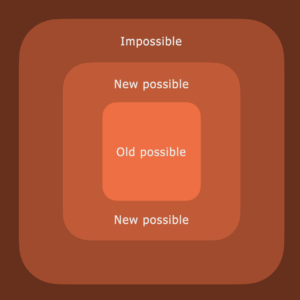
Designing between the possible and the impossible
Abstract: The possible is relatively constituted to what is meant to be impossible. Whenever someone does something formerly known to be impossible, the possible expands, and a new frontier appears. Expanding this box is not trivial, though. Contradictions binding the dos and don’ts demotivate any naïve attempt to design at the border. Expansive design is […] - Oct 21, 2023 -
 Visionary photomontage are grayscale photos from the past edited to look like a scene from the future with a colorful technology of the future. Image sources are found in online repositories and archives, requiring to imagine possibilities of localized futuring. It is possible to use image generation AI such as DALL-E and Craiyon to produce […] - Sep 29, 2022
Visionary photomontage are grayscale photos from the past edited to look like a scene from the future with a colorful technology of the future. Image sources are found in online repositories and archives, requiring to imagine possibilities of localized futuring. It is possible to use image generation AI such as DALL-E and Craiyon to produce […] - Sep 29, 2022 -
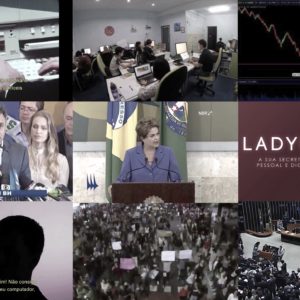
Speculative design mockumentary
A mockumentary movie about a future reality that could have happened in the past if a controversial technology of the present had become available in that past. Design mockumentaries aim at creating a reality that did not exist, does not exist, but that may exist sooner or later in the near future, as any design […] - Sep 29, 2022 -
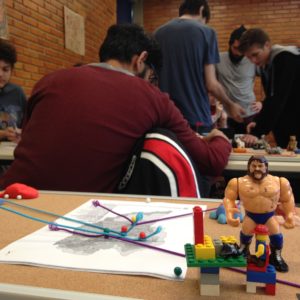 Map with a conceptual diagram of the ecosystem of interactions between people and objects in a specified past or future. These objects were firstly used as protagonists of an object theater (Buur & Friis, 2015) and, second, mapped to local ecology. Teachers provided a corkwood plate, pins, strings, Lego building blocks, and a printed map […] - Feb 3, 2022
Map with a conceptual diagram of the ecosystem of interactions between people and objects in a specified past or future. These objects were firstly used as protagonists of an object theater (Buur & Friis, 2015) and, second, mapped to local ecology. Teachers provided a corkwood plate, pins, strings, Lego building blocks, and a printed map […] - Feb 3, 2022 -
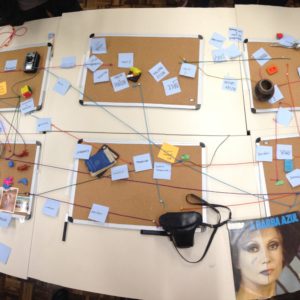 Showing an object that has endured many decades and telling the human stories that this object was part of, highlighting its relation to other objects, places, and people. The relations are drawn with strings tied to pins over several corkwood plates, which effectively grouped the objects. Can be used in Speculative Design to ground future […] - Feb 3, 2022
Showing an object that has endured many decades and telling the human stories that this object was part of, highlighting its relation to other objects, places, and people. The relations are drawn with strings tied to pins over several corkwood plates, which effectively grouped the objects. Can be used in Speculative Design to ground future […] - Feb 3, 2022 -
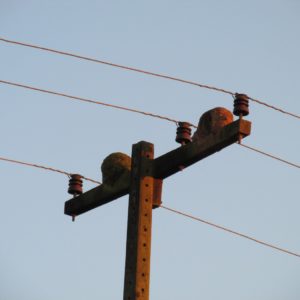 It is a photograph taken from an existing technology that makes it look like a futuristic technology, usually taken with a macro lens and close framing not to be entirely recognizable. Can be used as a quick Speculative Design exercise or as a Cultural Probe. It is useful for engaging people who are not used […] - Feb 3, 2022
It is a photograph taken from an existing technology that makes it look like a futuristic technology, usually taken with a macro lens and close framing not to be entirely recognizable. Can be used as a quick Speculative Design exercise or as a Cultural Probe. It is useful for engaging people who are not used […] - Feb 3, 2022 -
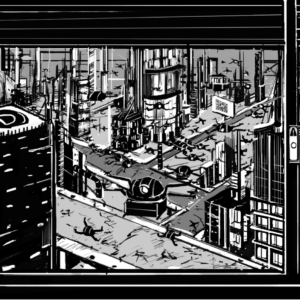 Rhythmanalysis is a method developed by Henri Lefebvre and Catherine Regulier to grasp the rhythms of everyday life in urban space through an embodied and historicized approach. The researcher uses her/his/their body to feel, sense, and join the rhythm while developing critical consciousness of its historical origins. Speculative Rhythmanalysis Speculative Rhythmanalysis is a derived method […] - Feb 2, 2022
Rhythmanalysis is a method developed by Henri Lefebvre and Catherine Regulier to grasp the rhythms of everyday life in urban space through an embodied and historicized approach. The researcher uses her/his/their body to feel, sense, and join the rhythm while developing critical consciousness of its historical origins. Speculative Rhythmanalysis Speculative Rhythmanalysis is a derived method […] - Feb 2, 2022 -
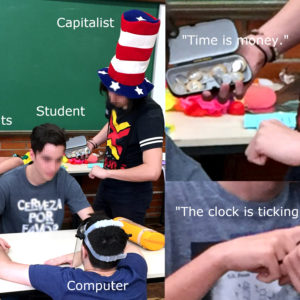
Existential time and historicity in interaction design
Van Amstel, Frederick M. C. and Gonzatto, Rodrigo Freese. (2022). Existential time and historicity in interaction design. Human-Computer Interaction, 37(1), pp.29-68. DOI: https://doi.org/10.1080/07370024.2021.1912607 - Nov 17, 2021 -
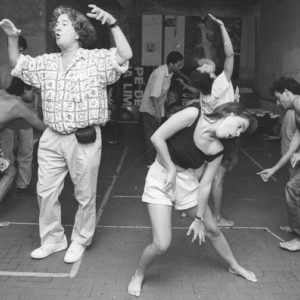
Design and Theater of the Oppressed
Summary: What does theater have to do with design? Theater of the Oppressed can provide great insights into recognizing and expanding the Designs of the Oppressed. Created by Augusto Boal in the 1970s, this form of theater became one of the most popular approaches for non-professional actors interested in doing politics through theater. The approach […] - Nov 3, 2021 -

Artificial Intelligence in Higher Education (2021)
Instead of delivering an invited talk in the UTFPR’s Informatics student week of 2021, Rodrigo Fresse Gonzatto, Claudia Bordin Rodrigues, and Frederick van Amstel performed an invisible theater on artificial intelligence in higher education. In this kind of performance, actors stage the play without telling the audience that they are acting. They pretend to be […] - Oct 4, 2021 -
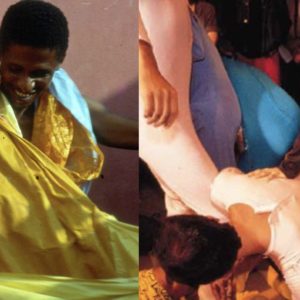
Domesticated futures and monster aesthetics
So far, design has contributed mostly to domesticate futures for the colonized. Nevertheless, design can also serve decolonizing practices that bring back the contradictory nature of human futures. The domestication of the future is a colonialist strategy that reduces existential time to a desirable space of possibilities that can be designed, packaged, and sold to […] - May 18, 2021 -
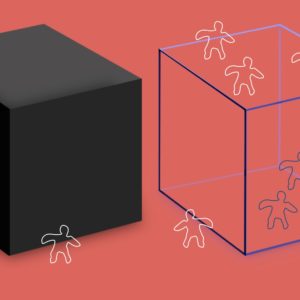 As institutions or individuals, design bodies have been weaponized for war, colonization, racism, sexism, ableism, and other forms of oppression. This talk reports on the Designing for Liberation research program that, since 2010, engages diverse design bodies with the fight against all forms of oppression. This program unleashes designing potentials that have been prevented or […] - Apr 8, 2021
As institutions or individuals, design bodies have been weaponized for war, colonization, racism, sexism, ableism, and other forms of oppression. This talk reports on the Designing for Liberation research program that, since 2010, engages diverse design bodies with the fight against all forms of oppression. This program unleashes designing potentials that have been prevented or […] - Apr 8, 2021 -
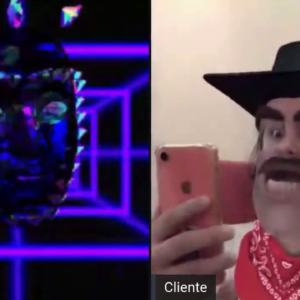
Design and Precarious Work in Digital Platforms (2020)
The Design & Oppression network produced a remote forum theater play on platform work and precarity in the USP design academic week of 2020. Young design students joined the forum to discuss the dystopian future of their profession while considering the dystopian present of other professions. Following the remote forum theater method, the spect-actors wore augmented reality […] - Dec 3, 2020 -
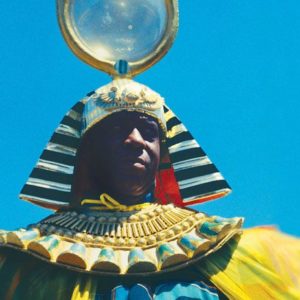
When black people move, all the possibilities of future move with them
Silva, R. L. P. da, Santos, M. R. dos, & Amstel, F. V. (2020). Quando o negro se movimenta, toda a possibilidade de futuro com ele se move (When the black’s people moves, all possibility of future with him moves). Albuquerque: Journal of History, 11(21), 132-150. https://doi.org/10.46401/ajh.2019.v11.9589 - Apr 15, 2020 -

Theater of the Techno-Oppressed
Despite all the hype and hope around it, technology is not inherently good. Historically, technology has often intensified oppressions such as xenophobia, sexism, and racism. Social movements, activist groups, and oppressed people need to be aware of how technology does that and, especially, how it uncovers that under the pretext of neutrality. Theater of the […] - Apr 6, 2020 -
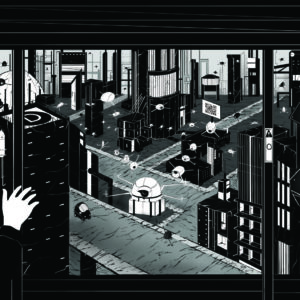
Every breath you take: Captured movements in the hyperconnected city
Firmino, R; Van Amstel, F.M.C; Gonzatto, R. F. (2018). Every breath you take: Captured movements in the hyperconnected city. In: Christoph Lindner and Miriam Meissner, The Routledge Companion to Urban Imaginaries. Routledge, London. DOI: https://doi.org/10.4324/9781315163956-14 - Oct 21, 2018 -
 Time Crisis (2017) is a speculative design mockumentary that provides a different explanation for Brazilian President Dilma Rousseff’s impeachment in 2016. After the next elections in 2018, several public actors acknowledged that President Rousseff was removed from office without sound evidence, which fueled the thesis of a parliamentary white coup. The mockumentary tells a different […] - Nov 2, 2017
Time Crisis (2017) is a speculative design mockumentary that provides a different explanation for Brazilian President Dilma Rousseff’s impeachment in 2016. After the next elections in 2018, several public actors acknowledged that President Rousseff was removed from office without sound evidence, which fueled the thesis of a parliamentary white coup. The mockumentary tells a different […] - Nov 2, 2017 -

Prosthesis: The Next Level (2016)
Prosthesis: The Next Level (2016) is a speculative design mockumentary about the controversy generated by replacing healthy human limbs for advanced prosthetics in Curitiba, where great advancements in the field supposedly occurred. The mockumentary engaged with Curitiba’s municipal elections, particularly with a mayor candidate’s proposal to recover the city’s position as an international reference on […] - Nov 2, 2016 -
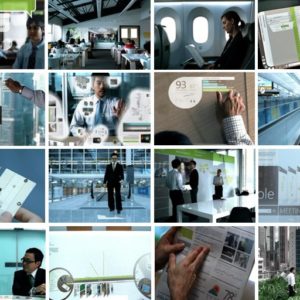
The ideology of the future in design fictions
Gonzatto, R.F; Amstel, F.M.C.van; Merkle, L.E; Hartmann, T. 2013. The ideology of the future in design fictions. Digital Creativity. Vol. 24 (1). https://doi.org/10.1080/14626268.2013.772524 - Apr 29, 2013 -
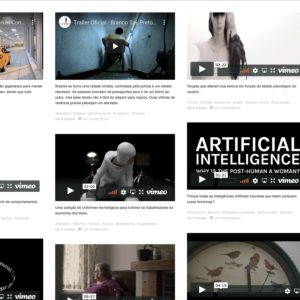
Futurologias design fiction museum
Futurologias is a virtual museum of design fiction, curated by Frederick van Amstel and Rodrigo Gonzatto since 2012. Works are selected and identified based on their respective ideology of the future. The museum already has more than 300 pieces, the largest collection of its kind in the world. Most of the stories are presented as […] - Apr 20, 2012 -
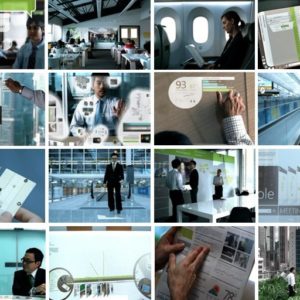
Cultural Studies of Design Fictions
Design fictions are speculative scenarios about everyday use of new technologies. They are produced mainly by companies for branding their vision of the future, exploring popular imaginary and desires. Nokia Morph (2008), for example, is a short animation that shows how nanotechnology could be applied to cellphones to make them more flexible, durable and fashionable. […] - Jul 22, 2011 -
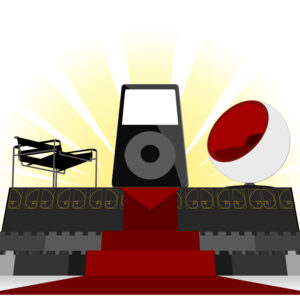
The Church of the Divine Design (2010)
The Church of the Divine Design is a provocative design fiction project developed at Faber-Ludens Institute for Interaction Design. This initiative humorously critiques and explores the role of design and designers in contemporary society by parodying the rise of Protestant work ethic and corporativism in Brazilian design practice. It seeks to engage the public in […] - Jul 11, 2010 -
 Consumption Agency is a speculative design project aimed at imagining what communism inside capitalism would look like. Roughly speaking, the business model is a combination of an advertising agency with a bank. Why so? Currently, goods and services are pushed to consumers, who have to choose and pay for each offer. Banks help consumers in […] - Jan 2, 2010
Consumption Agency is a speculative design project aimed at imagining what communism inside capitalism would look like. Roughly speaking, the business model is a combination of an advertising agency with a bank. Why so? Currently, goods and services are pushed to consumers, who have to choose and pay for each offer. Banks help consumers in […] - Jan 2, 2010